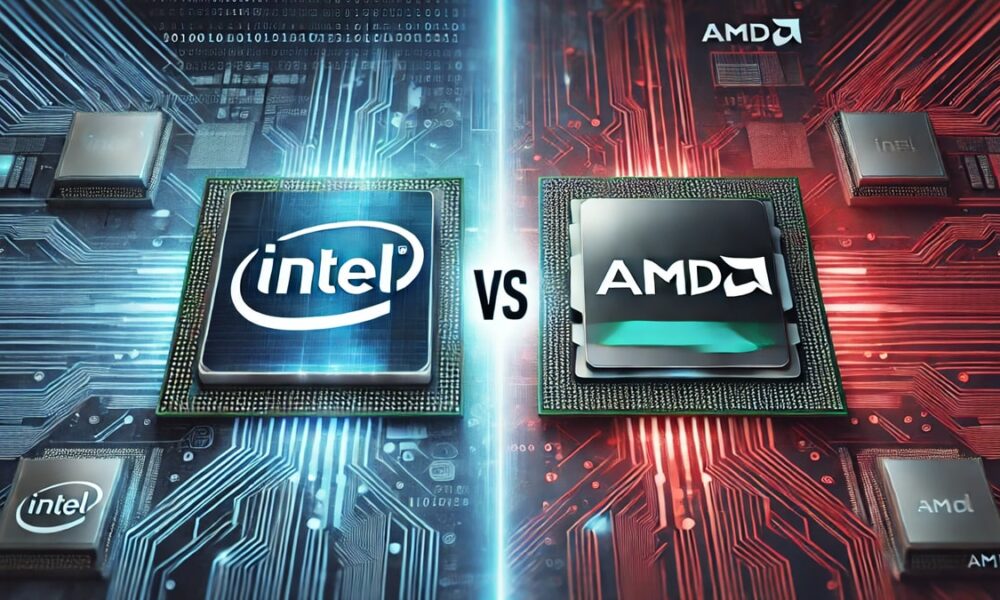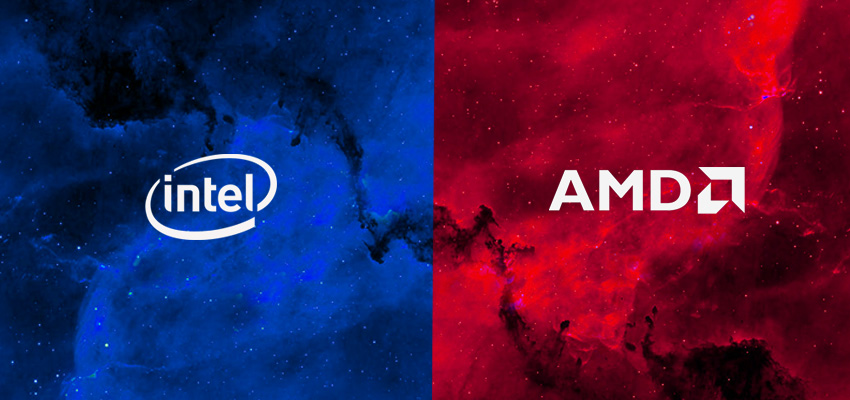The eternal battle between Intel and AMD continues to rage in 2025, with both companies delivering impressive processors that cater to different needs and budgets. Whether you’re building a gaming rig, content creation workstation, or everyday computer, choosing the right CPU can make or break your system’s performance. This comprehensive guide cuts through the marketing noise to help you make an informed decision based on real-world performance, value, and your specific requirements.
The has shifted dramatically in recent years, with AMD’s innovative 3D V-Cache technology revolutionizing gaming performance while Intel maintains its stronghold in single-threaded applications and integrated graphics solutions. Gone are the days when the choice was simple – today’s market offers compelling options from both manufacturers across every price segment. From budget-conscious builders seeking maximum value to enthusiasts demanding cutting-edge performance, understanding the strengths and weaknesses of each platform is crucial for making the right investment.
Current market dynamics show AMD generally leading in gaming performance and multi-threaded workloads, while Intel excels in single-core performance and offers better integrated graphics solutions. However, the “best” choice ultimately depends on your specific use case, budget constraints, and future upgrade plans. Let’s dive deep into what each manufacturer brings to the table in 2025.
Gaming Performance: AMD Takes the Crown
AMD’s 3D V-Cache Dominance
AMD has established clear gaming superiority with its X3D processors, particularly the Ryzen 7 9800X3D and flagship Ryzen 9 9950X3D. The 3D V-Cache technology delivers substantial performance gains in modern AAA titles, with the 9950X3D showing an incredible 37% performance advantage over Intel’s Core Ultra 9 285K in 1080p gaming scenarios. Games like Elden Ring, Starfield, and Hogwarts Legacy consistently show 5-15 FPS improvements on AMD’s gaming-optimized chips.
Intel’s Competitive Response
Intel remains competitive with high boost clocks and strong single-threaded performance, making processors like the Core i9-14900K excellent choices for esports titles and games that favor high frequencies. Counter-Strike 2 and Flight Simulator 2024 particularly benefit from Intel’s architecture, though the gaming crown belongs to AMD’s X3D lineup.
Productivity and Content Creation: A Close Battle

Multi-threaded Workloads
AMD leads in multi-threaded performance, with the Ryzen 9 9950X3D matching the standard 9950X in productivity tasks while maintaining gaming excellence. The chip delivers 11% better performance than Intel’s competing Core Ultra 9 285K in threaded workloads. AMD’s symmetric multiprocessing capabilities extend up to 8 sockets and 128 cores, significantly outpacing Intel’s 4 socket/28 core limitation.
Single-threaded Excellence
Intel maintains its traditional advantage in single-threaded applications, with Arrow Lake processors delivering superior performance in latency-sensitive work. The Core Ultra 7 285K leads across single-threaded benchmarks, making Intel processors ideal for applications requiring snappy responsiveness and day-to-day computing tasks.
Value and Pricing Considerations
AMD’s Value Proposition
AMD consistently delivers better value, with Ryzen 9000 series processors often selling below MSRP. The flagship Ryzen 9 9950X frequently retails for $100 less than its suggested price, while X3D processors justify their premium pricing with exceptional gaming performance. AMD allows overclocking across all chip models and most motherboard tiers, adding significant value for enthusiasts.
Intel’s Premium Positioning
Intel’s Core Ultra 200S series processors tend to maintain MSRP pricing, making them less attractive from a value perspective. The company charges premiums for K-series overclockable chips and requires expensive Z-series motherboards for full overclocking capabilities. However, Intel has improved by enabling memory overclocking on B and H-series chipsets.
Power Efficiency and Thermal Performance
AMD’s 4nm TSMC process node provides superior power efficiency compared to Intel’s offerings. Ryzen processors generally consume less power while delivering better performance-per-watt ratios, resulting in lower cooling requirements and quieter operation. Intel has improved from previous generations, but still consumes more power , requiring more robust cooling solutions for optimal performance.
The Verdict: Choose Based on Your Needs
Choose AMD if you:
-
Prioritize gaming performance and want the best FPS
-
Perform heavy multi-threaded workloads like video editing or 3D rendering
-
Value upgrade flexibility and long-term socket support
-
Prefer better power efficiency and thermal characteristics
Choose Intel if you:
-
Need integrated graphics without a dedicated GPU
-
Require maximum single-threaded performance
-
Prioritize compatibility and stability in business environments
-
Want the highest overclocking headroom for enthusiast builds
Both manufacturers offer compelling processors in 2025, making the choice more about matching your specific requirements than finding an objectively superior option.




